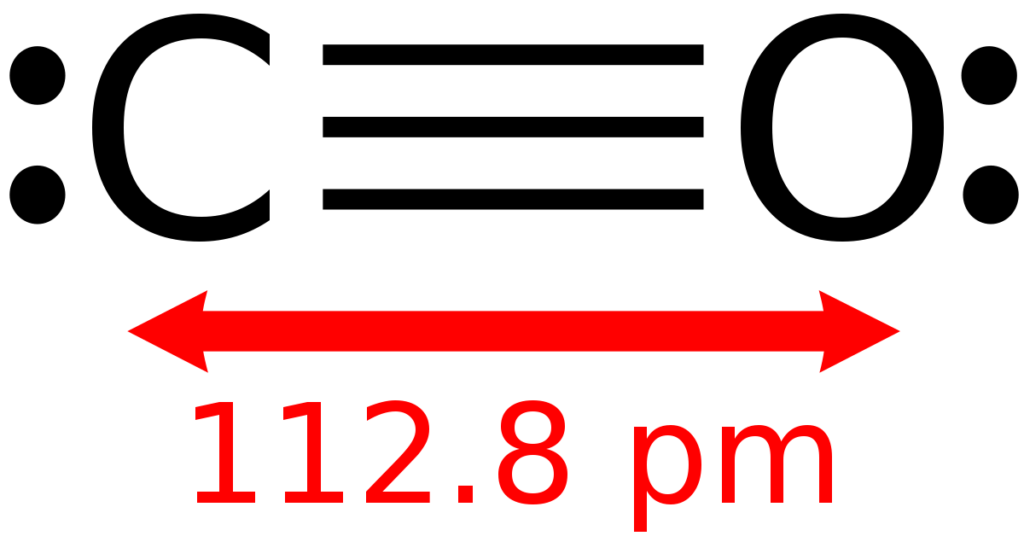CO Full Form: Definition, Uses, and Safety Precautions
Carbon Monoxide, commonly abbreviated as CO, is a colorless, odorless, and tasteless gas that is formed by the incomplete combustion of carbon-based fuels. It is a highly toxic gas and can be lethal at high concentrations. In this article, we will discuss the CO Full Form, its definition, uses, health effects, and safety precautions.
Read Other Full Forms
What is CO?
CO is a chemical compound composed of one carbon atom and one oxygen atom, with a molecular weight of 28. It is produced by the incomplete combustion of carbon-based fuels, such as wood, natural gas, oil, and coal. This process can occur in various settings, including homes, factories, and vehicles.

CO Physical Properties
CO is a gas at room temperature and has a boiling point of -191.5°C (-312.7°F) and a melting point of -205.02°C (-337.04°F). It is slightly lighter than air, with a density of 1.25 g/L at standard temperature and pressure.
Carbon Monoxide Chemical Properties
CO is a highly reactive gas that readily binds with hemoglobin in the blood, preventing the normal transport of oxygen to the body’s tissues. This process is known as carboxyhemoglobin formation, which can lead to tissue damage and even death in severe cases.
Uses of CO
CO has various industrial and medical applications, including:
Industrial Uses
CO is used in the production of various chemicals, such as methanol, acetic acid, and formaldehyde. It is also used in metallurgical processes, such as the reduction of iron oxide to produce iron.
Medical Uses
CO is used in the treatment of various medical conditions, such as pulmonary hypertension and angina. It is also used in medical imaging techniques, such as magnetic resonance imaging (MRI).
Health Effects of CO
CO can have significant health effects on humans, especially in high concentrations. Some of the common symptoms of CO poisoning include headaches, dizziness, nausea, and confusion. Prolonged exposure to CO can lead to long-term health effects, such as memory loss, depression, and Parkinson’s disease.
Symptoms of CO Poisoning
CO poisoning symptoms are similar to those of the flu, making it challenging to diagnose. The symptoms include headaches, dizziness, nausea, confusion, chest pain, and shortness of breath.
Long-term Exposure Effects
Prolonged exposure to CO can lead to severe health effects, including memory loss, depression, and Parkinson’s disease. Children, pregnant women, and the elderly are particularly vulnerable to the long-term effects of CO exposure.
CO Safety Precautions
CO is a highly toxic gas, and it is essential to take appropriate safety precautions to prevent exposure. Some of the measures you can take include:
Carbon Monoxide Detectors
Install carbon monoxide detectors in your home, especially near sleeping areas, to detect the presence of CO.
Proper Ventilation
Ensure that all fuel-burning appliances, such as stoves, fireplaces, and furnaces, are adequately vented to prevent the accumulation of CO gas in enclosed spaces.
Regular Maintenance
Regularly maintain all fuel-burning appliances to ensure that they are in good working condition and do not emit CO gas.
Conclusion
In conclusion, CO is a highly toxic gas that can have severe health effects on humans. It is important to know the full form of CO and understand its properties, uses, and safety precautions. Installing carbon monoxide detectors, ensuring proper ventilation, and regular maintenance of fuel-burning appliances are some of the safety measures you can take to prevent exposure to CO gas.
Frequently Asked Questions
Q.1 What is the full form of CO?
The full form of CO is Carbon Monoxide.
Q.2 What are the common sources of CO in homes?
Common sources of CO in homes include fuel-burning appliances, such as stoves, fireplaces, and furnaces.
Q.3 How do carbon monoxide detectors work?
Carbon monoxide detectors work by measuring the concentration of CO in the air and sounding an alarm if the levels are too high.
Q.4 What are the symptoms of CO poisoning?
The symptoms of CO poisoning include headaches, dizziness, nausea, confusion, chest pain, and shortness of breath.
Q.5 How can I prevent exposure to CO gas?
You can prevent exposure to CO gas by installing carbon monoxide detectors, ensuring proper ventilation, and regular maintenance of fuel-burning appliances.

